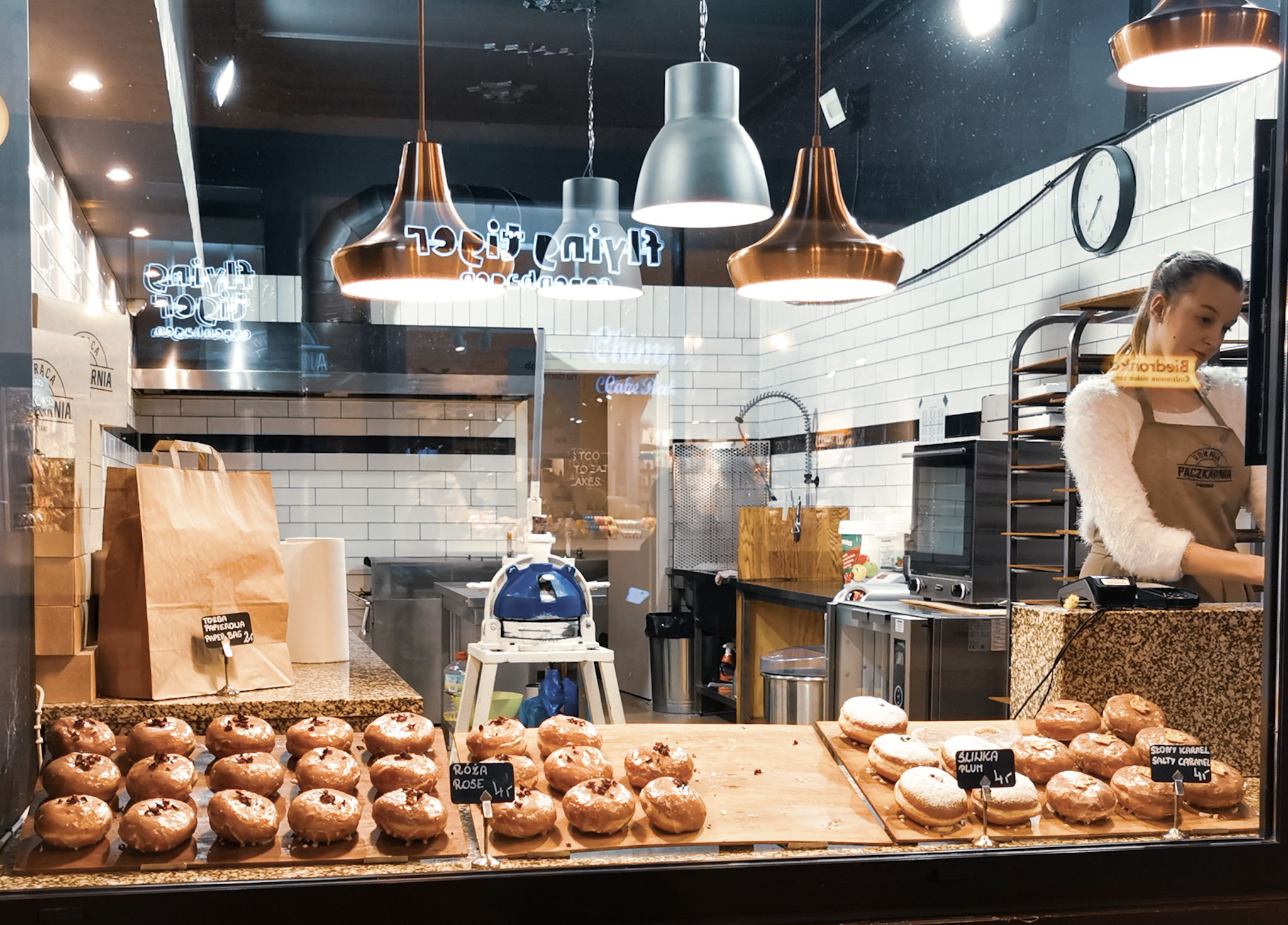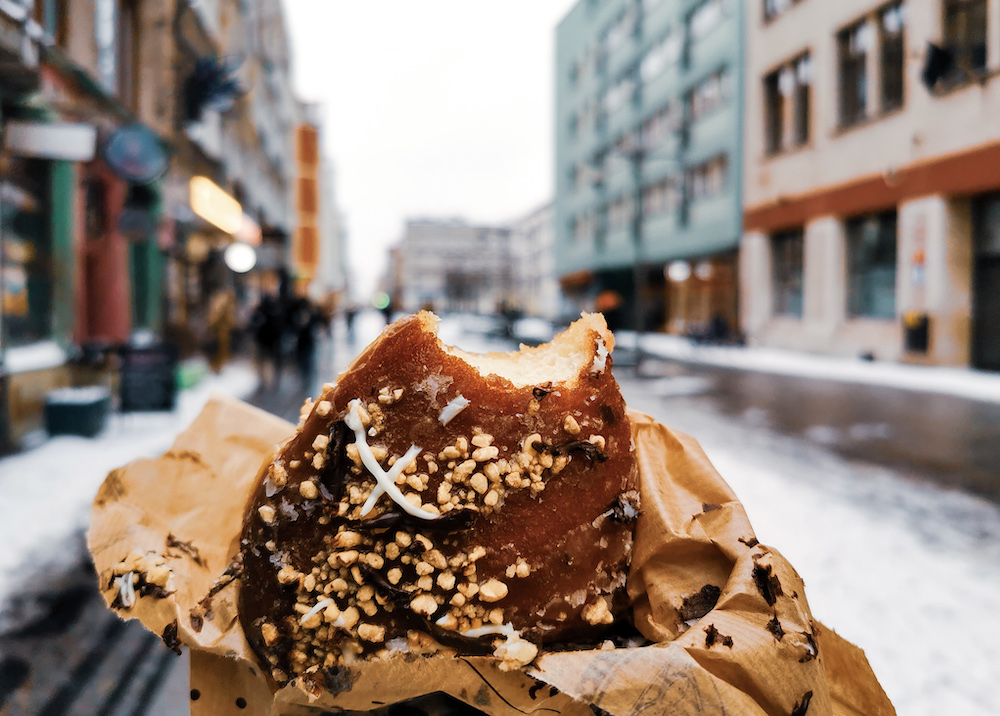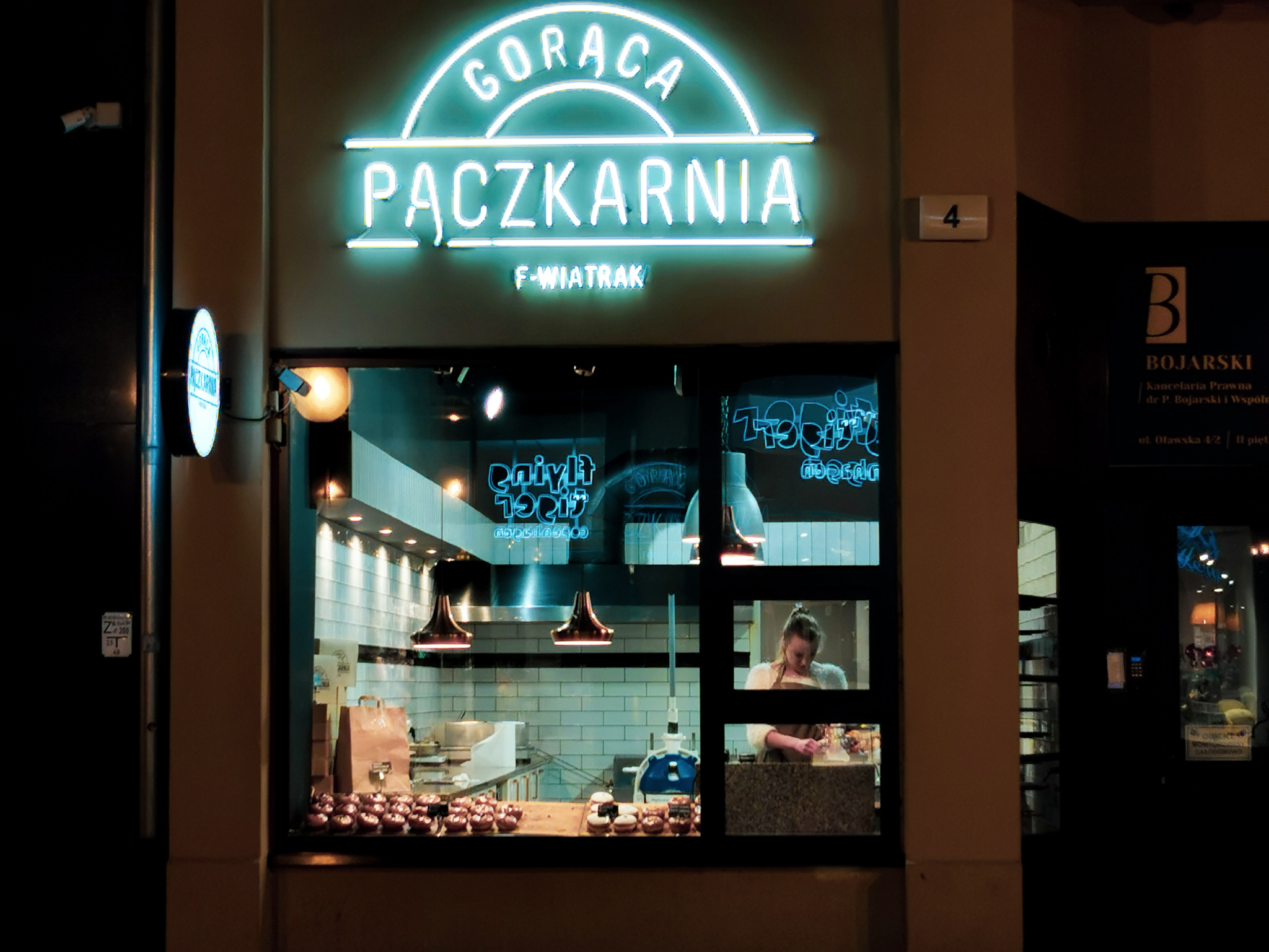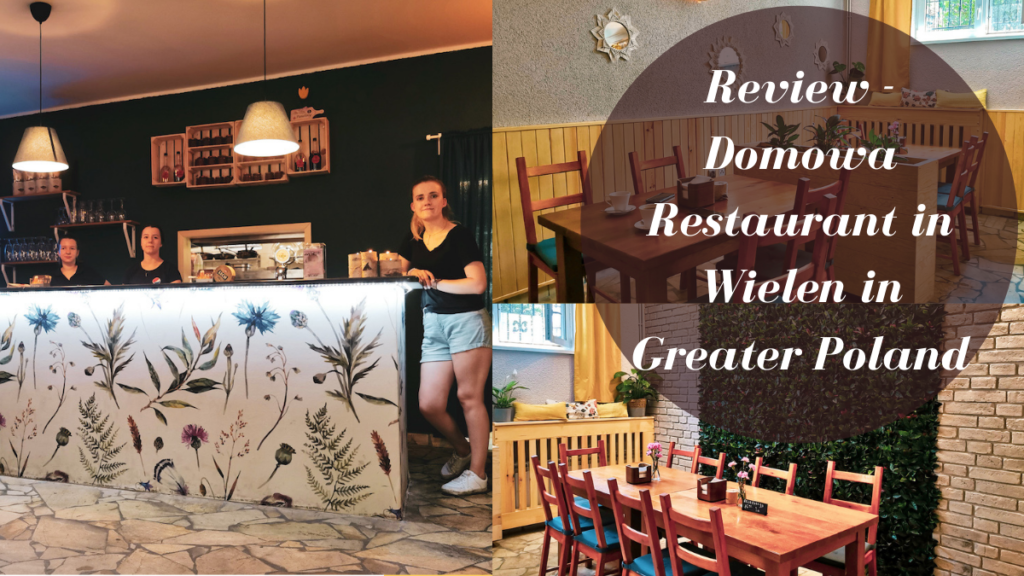If you’re looking for a traditional Polish delicacy oozing with goodness and calories, try pączek (pronounced as paun-czek)
Doughnuts are great. But Poland’s paczek? It’s in a league of its own. Oozing with rose jam, custard, or chocolate, these golden beauties are more than just pastries. They’re part of a delicious Polish tradition. My first experience of paczek ruined every other doughnut for me. And honestly, I’m still not over it. In Poland, pączki aren’t just food, they’re festive little legends wrapped in powdered sugar. If you believe dessert should be an experience (not just a treat), you’re in for something unforgettable.

So… what is a Pączek
A deep-fried doughnut, mostly round-shaped (some even triangular), Pączek is the number one Polish doughnut you must try. The juicy, sweet bread comes packed with contrasting flavours of confiture, jams, or Nutella fillings and makes for an ideal go-to breakfast option with coffee or tea.
Some records suggest that Polish people have been preparing and enjoying Pączki since the 16th century. Back then, they were called Pampuchy (a name still used in Poland’s Upper Silesian region). Preparation methods varied — while the dough was bread-based, fillings often included bacon or pork fat, making them much tougher than the fluffy pastries you find in a Piekarnia today. Now I wonder which version you would choose if given a chance?
Fat Thursday: A Day of Polish Pączek
If you’re lucky enough to be in Poland in February, don’t miss Tłusty Czwartek (Fat Thursday). Bakeries spill onto the streets with heaps of fresh pączki, and everyone, young or old, queues up to indulge. It’s Poland’s most delicious excuse to break every diet rule. Trust me: it’s completely normal (and expected) to have more than one!
Walk up to a Piekarnia or Pączkarnia on Fat Thursday to witness the true pączki craze among the Poles. The day typically marks the last Thursday before Ash Wednesday and the beginning of Lent. Millions of Polish people treat it as an unofficial holiday, centred around devouring doughnuts for good luck.
The lengthy queues and longing eyes set on fresh-baked pączki say it all; this iconic Polish dessert is serious business!

Finding the Best Pączki in Poland
Pączek has remained deeply rooted in Polish tradition since medieval times, but the version we devour today, softer, lighter, and spongier, evolved thanks to French culinary influences during the 18th century.
Most modern pączki are covered with powdered sugar or bits of dried orange zest for an extra punch of flavour. Some even have a small amount of grain alcohol added to the dough. It not only boosts taste but cleverly prevents too much oil from being absorbed during frying.
Whether you’re wandering Kraków’s alleys or sipping coffee in a sleepy Wrocław café, a warm pączek is the unofficial welcome hug you didn’t know you needed. Next time you spot that powdery perfection calling your name, go for it. Some cravings are worth surrendering to. Already tried one? What’s your favourite pączek flavour?
If you’re curious to dive deeper into Polish treats, check out my Polish food tasting tour below and drop me a message through the contact form.
FAQs About Pączki
Is Pączek the same as a doughnut?
Not exactly. Both are fried pastries, but pączki are richer, filled with jam or custard, and have a slightly chewier dough than typical doughnuts.
Why do Polish people eat Pączki on Fat Thursday?
Fat Thursday (Tłusty Czwartek) is a tradition before Lent. It is a day of indulging in rich foods like pączki before the fasting season begins.
Where can I find the best Pączki in Poland?
Look for bakeries like Piekarnia Hert or family-run Pączkarnie in cities like Kraków, Wrocław, and Gdańsk.
Further read: Polish Food Tasting Tour: Discover the Flavours of Poland





Pingback: Polish Food Tasting Tour: Discover the Flavours of Poland – Whistling Hound